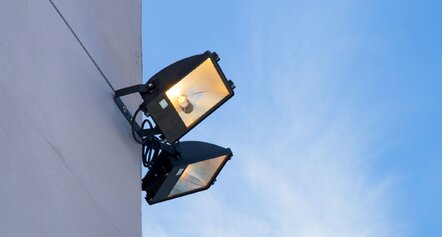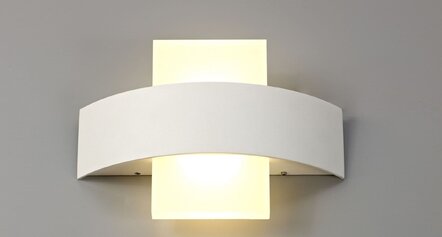Outdoor lighting is essential for home security, safety, and aesthetics. When choosing the right lighting solution, homeowners often weigh the benefits of motion sensor lights vs standard outdoor lights. While motion sensor lights offer convenience and energy efficiency, traditional outdoor lighting provides constant illumination. Let’s break down both options to help you decide which one best suits your needs.
How Motion Sensor Lights Work
Motion sensor lights turn on automatically when motion is detected. These lights use different types of sensor technology, including:
- Passive Infrared (PIR) sensors – Detect infrared radiation emitted by people and animals.
- Microwave sensors – Send out waves and measure reflections to detect motion.
- Dual-tech sensors – Combine PIR and microwave sensors for greater accuracy and fewer false alarms.
These lights are ideal for outdoor spaces like driveways, pathways, and backyards, as they provide sudden illumination only when needed.
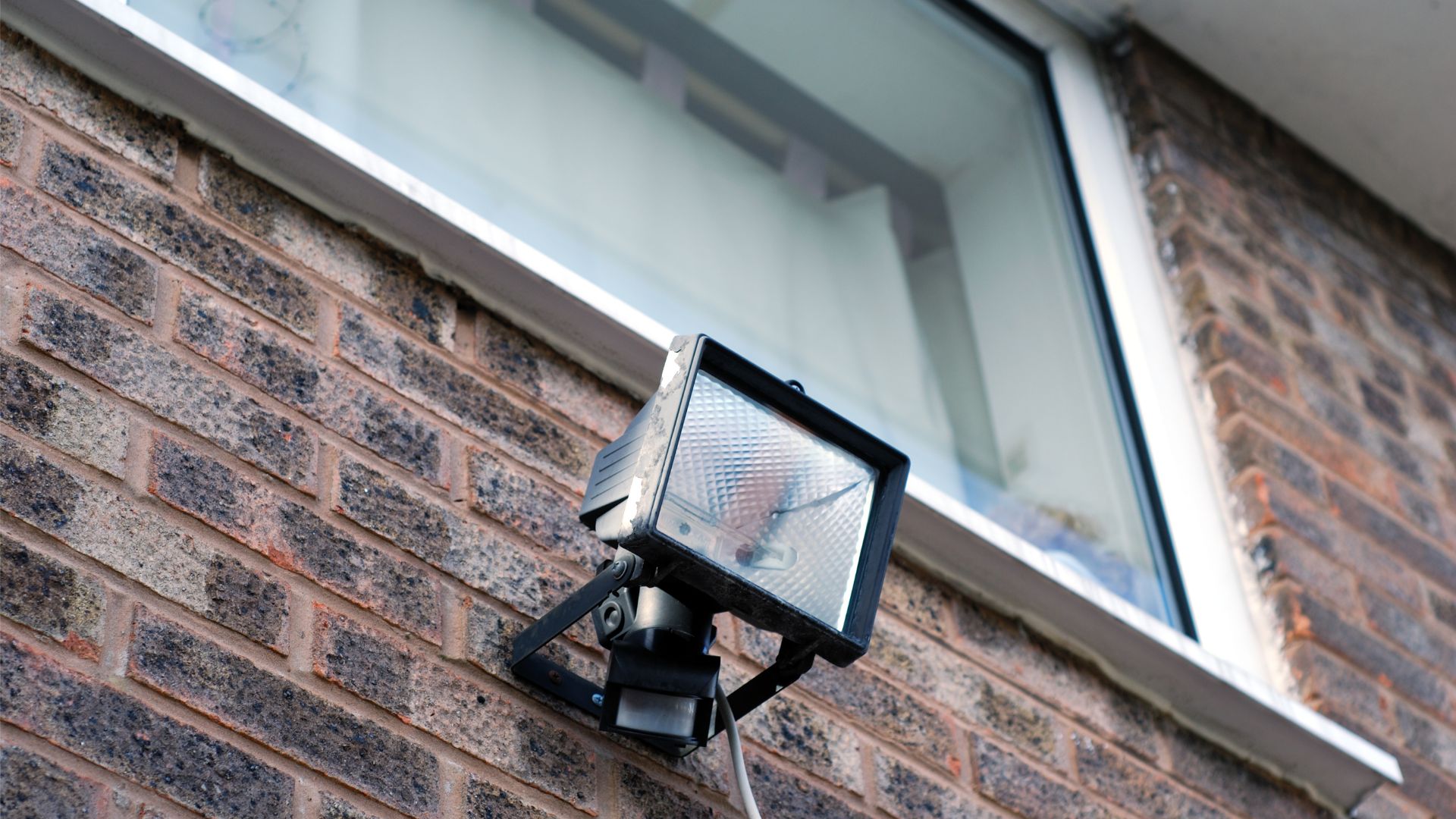
How Standard Outdoor Lights Work
Unlike traditional lighting, standard outdoor lights remain on until manually turned off or programmed to operate on timers or dusk-to-dawn light sensors. These lights are ideal for spaces that require constant illumination, such as patios, entryways, and garden pathways.
Energy Efficiency & Cost Comparison
One of the biggest advantages of motion sensor lighting is energy efficiency. Since they only activate when motion is detected, they help cut down on energy consumption and reduce energy costs.
In contrast, standard outdoor lighting that stays on continuously can lead to higher electricity bills. However, using LED sensor lights and light sensors can help mitigate costs and improve efficiency.
Security & Safety Benefits
Both types of lighting contribute to home security, but in different ways:
- Motion Sensor Lights – Enhance security by deterring intruders with sudden illumination serves as a warning.
- Standard Outdoor Lights – Provide constant visibility, reducing dark spots around your property and improving overall safety.
Installing sensor lights near entrances and driveways can be particularly effective in enhancing home security.
Convenience & Practicality
Motion-activated lights are incredibly convenient because they eliminate the need for a light switch. Many models allow users to adjust sensor sensitivity and detection range for a customised experience.
However, standard outdoor lights may be the better choice for spaces that require continuous lighting, such as patios or garden walkways. Some models come with remote control and timers for added convenience.
Weather Resistance & Durability
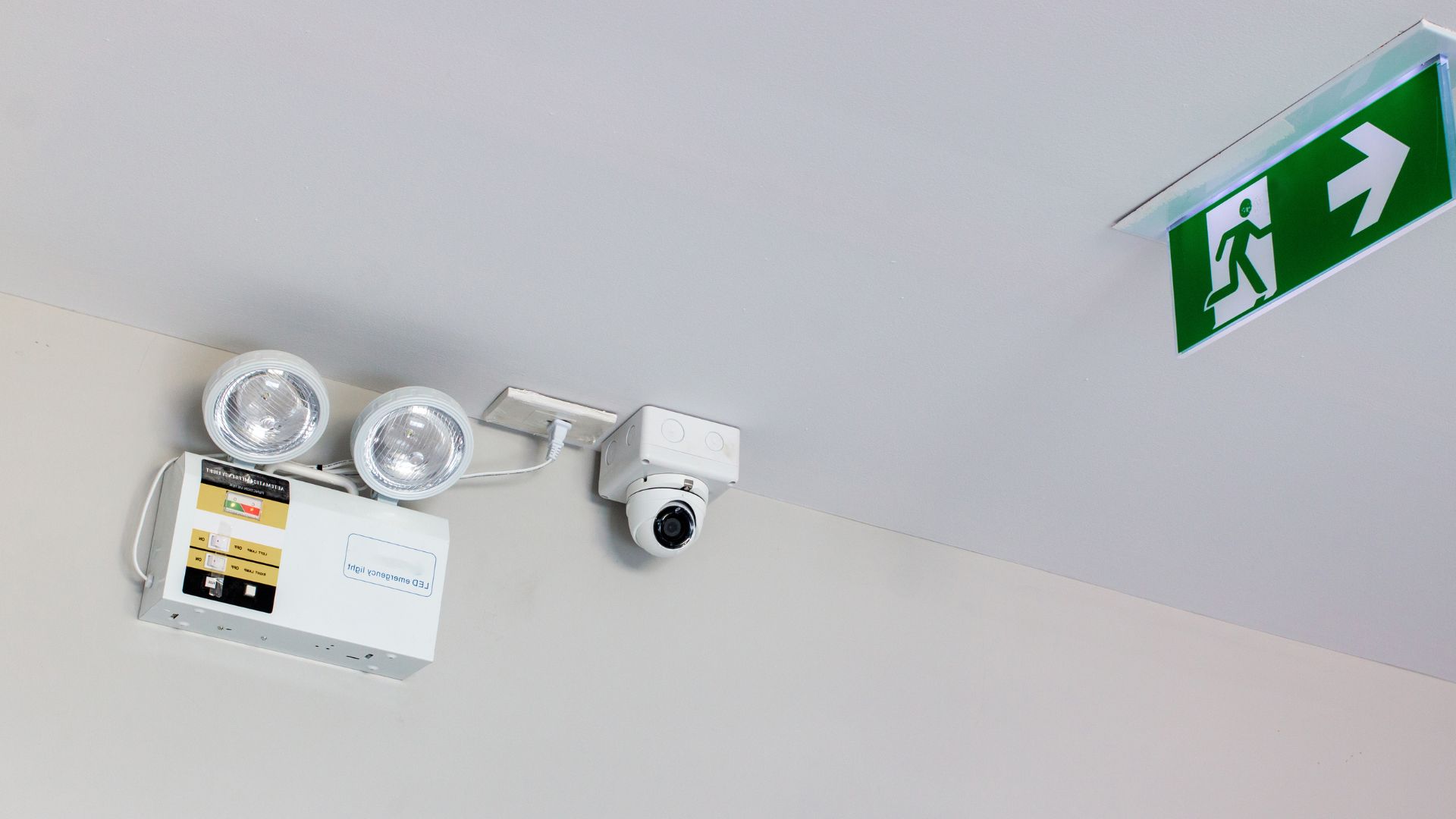
Both motion sensor and standard outdoor lighting are designed to withstand extreme weather conditions. High-quality models feature weatherproof casings, and standby mode to conserve power. LED bulbs in these lights provide long-lasting illumination.
Best Use Cases for Each Type
Where to Use Outdoor Motion Sensor Lights:
- Driveways and garages
- Side entrances
- Backyards and alleyways
- Areas prone to trespassing
Where to Use Standard Outdoor Lights:
- Patios and outdoor seating areas
- Garden paths and pathway lights
- Commercial properties
- Public walkways
Smart Technology & Integration
Many modern motion sensor lights integrate with smart home systems, offering features like:
- Mobile app control and scheduling
- Integration with security cameras
- Adjustable sensor sensitivity and range
Standard outdoor lighting can also be automated with light switches, smart plugs, and timers but lacks the responsiveness of motion sensor lighting.
Environmental Impact
Energy-efficient lighting solutions play a crucial role in reducing carbon footprints. Motion sensor lighting helps save energy by staying off when not needed, reducing wasted energy. Using LED sensor lights instead of traditional bulbs also cuts down on environmental impact, as LED bulbs last longer and consume less power.
Standard outdoor lighting can still be eco-friendly if fitted with energy-efficient bulbs and automated timers. However, the continuous operation of these lights may result in unnecessary energy consumption if not properly managed.
Installation & Maintenance
Installing sensor lights can be straightforward, but proper positioning is essential for optimal performance. Factors such as detection range, sensor sensitivity, and exposure to ambient light levels should be considered.
Standard outdoor lights typically require fewer adjustments post-installation. However, regular maintenance, such as replacing bulbs and ensuring the light fixture is clean, is necessary to maintain adequate illumination in outdoor areas.
Which One Is Right for You?
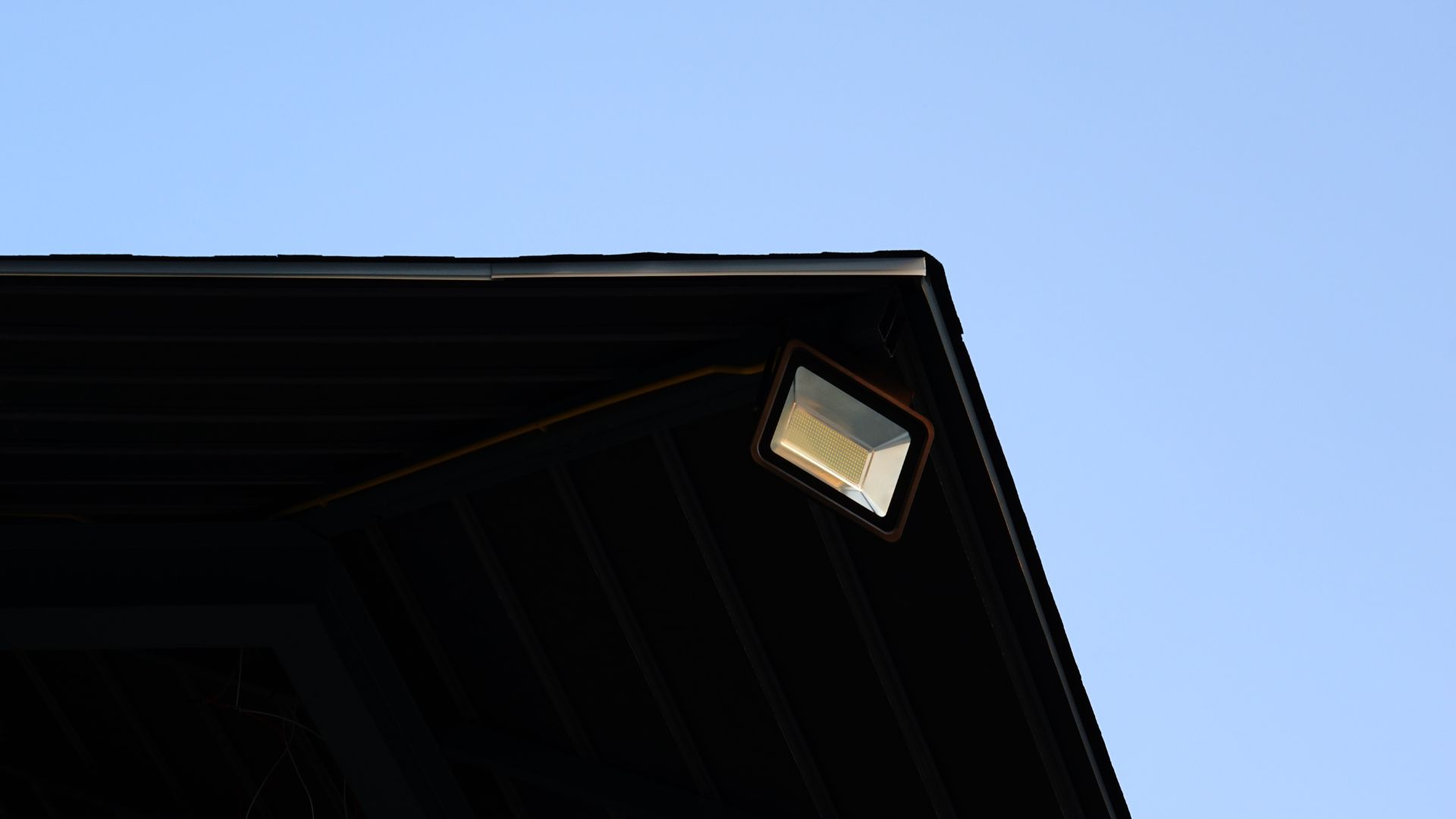
Consider the following when making your decision:
- For security: Outdoor motion sensor lights enhance home security by deterring intruders.
- For energy efficiency: Sensor lights save money by reducing energy consumption and wasted energy.
- For convenience: Motion-activated lights require no manual light switches, while standard lights offer continuous illumination.
- For environmental impact: Energy-efficient solutions like motion sensor lighting and LED sensor lights contribute to sustainability.
In many cases, a combination of both types of lighting offers the best balance between security, efficiency, and practicality.
Finding The Right Lights For Your Outdoor Environment
Both motion sensors and standard outdoor lighting have unique advantages, making them suitable for different outdoor spaces. If you’re looking for expert advice and professional installation, Watt Edge Electrical on the Sunshine Coast can help you find the best lighting solution for your home or business. Contact our team today to enhance your property’s security and energy savings.
FAQs: Motion Sensor Lights vs. Standard Outdoor Lights
1. Are motion sensor lights more energy-efficient than standard outdoor lights?
Yes, motion sensor lights are more energy-efficient because they only activate when they detect movement. Unlike standard outdoor lighting systems that stay on continuously, sensor lights reduce energy consumption and lower electricity costs.
2. Can motion sensor lights provide the same level of security as standard security lights?
Both types of lighting enhance security but in different ways. Motion sensor security lights sense motion and activate instantly to deter intruders, while standard security lights provide continuous illumination to eliminate dark spots. Installing multiple lights strategically can improve overall safety.
3. Do motion sensor lights work in all weather conditions?
Yes, high-quality sensor lights are designed to withstand various weather conditions. Most outdoor lighting systems feature weatherproof casings and LED bulbs that provide durability and long-lasting illumination, ensuring reliable motion detection even in harsh environments.
4. Where should I install motion sensor lights for the best results?
To maximise their effectiveness, install motion sensor lights in areas where detecting movement is crucial, such as driveways, garages, side entrances, and backyards. Positioning lights strategically ensures they sense motion accurately and direct light precisely where needed.
5. Can I use both motion sensor and standard outdoor lights together?
Yes, combining both types of lighting offers numerous benefits. Standard outdoor lights provide constant illumination for areas like patios and pathways, while motion detection lights enhance security and energy efficiency in driveways and entry points. This combination ensures the best balance of visibility, safety, and cost savings.



